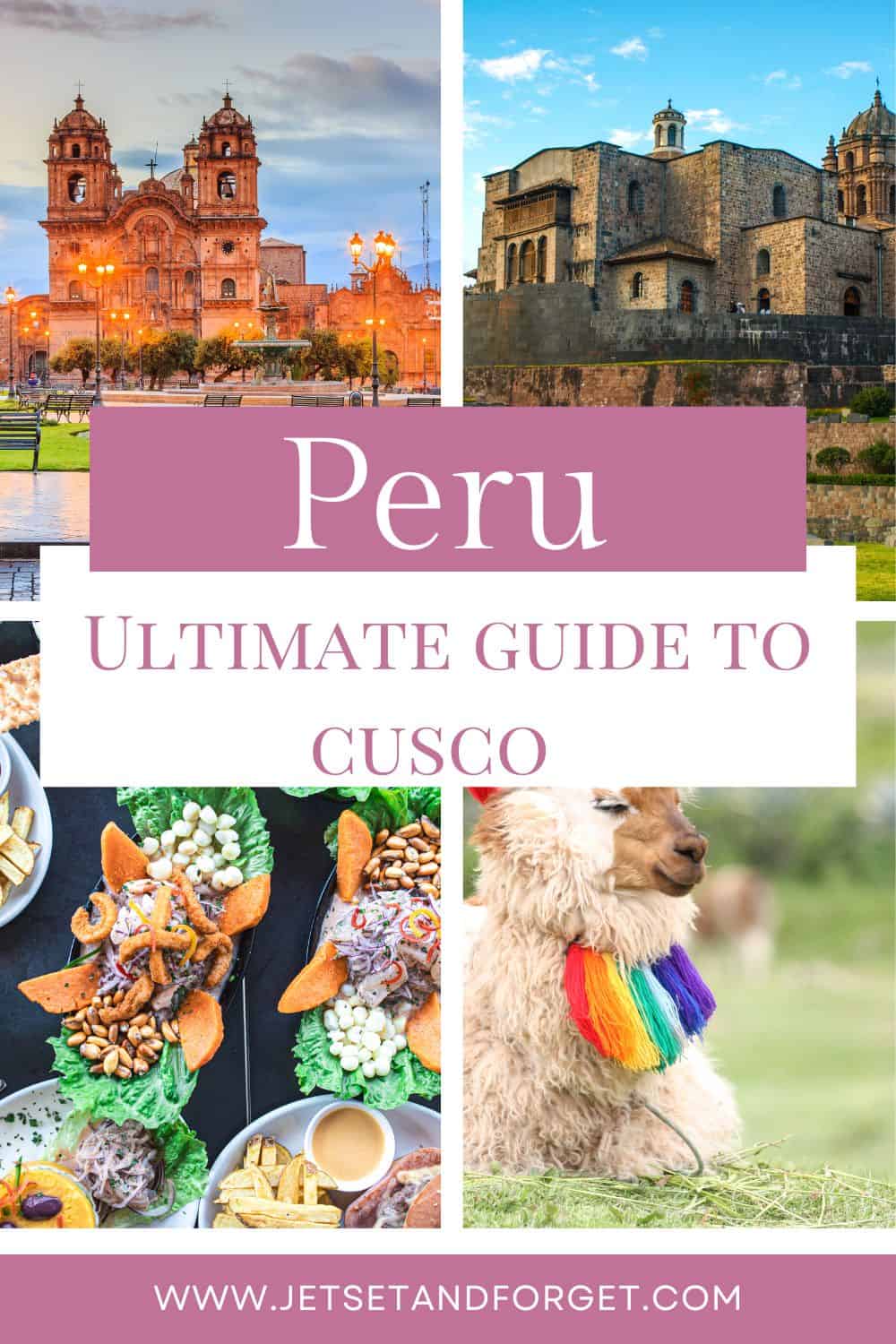Cusco is more than just a city; it’s a gateway to the wonders of the Inca Empire and a perfect blend of ancient history and modern culture.
Nestled high in the Andes, Cusco is a must-visit destination for adventurers, history buffs, and those who love to immerse themselves in unique cultures.
I absolutely love Cusco, it’s a walkable city, with a mix of locals and tourists. When I visited in 2024, I went with the specific intention of visiting Muchu Pichu and ended up staying in Cusco for a total of 7 days (before and after Aquas Calientes).
Here is my beginner’s guide to visiting Cusco for the first time!
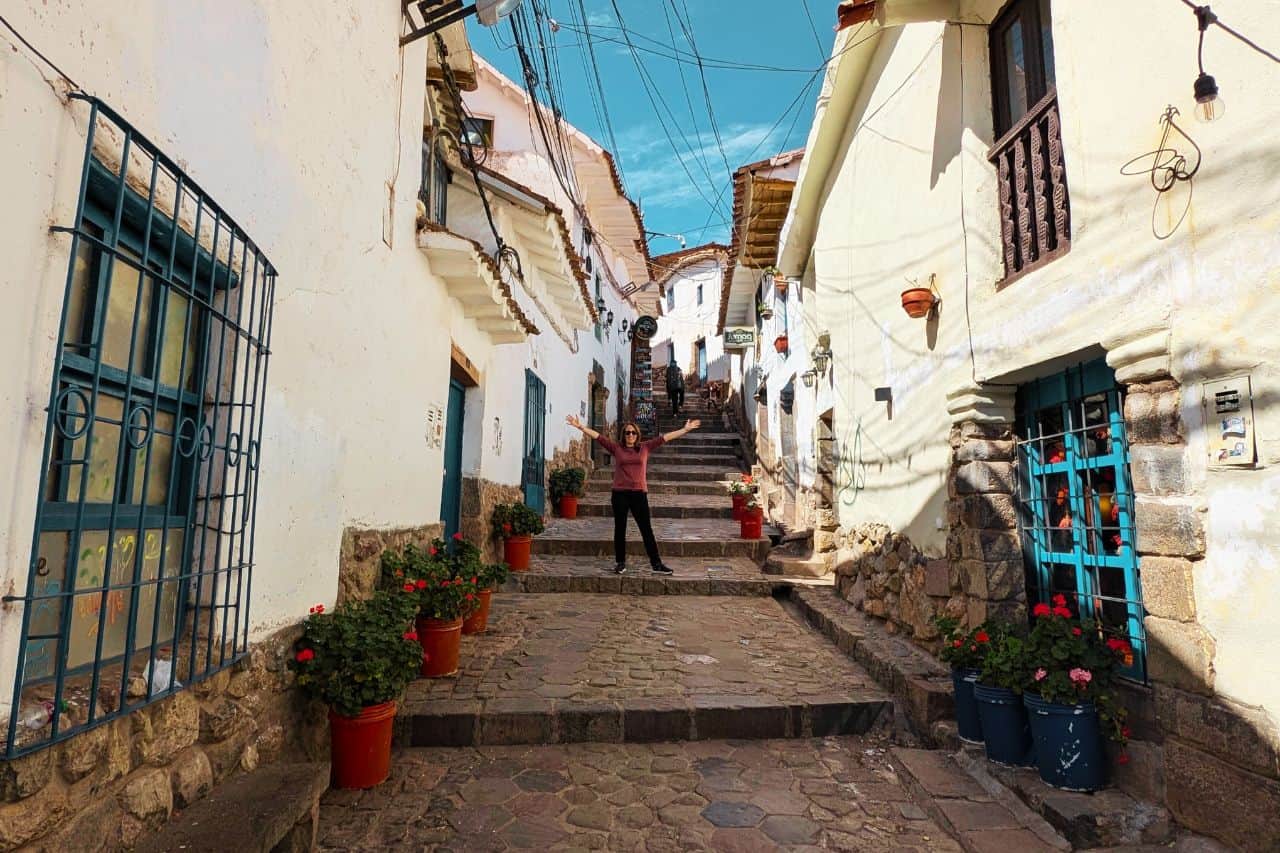
A Brief History of Cusco
Once the capital of the Inca Empire, Cusco has a rich history that’s palpable the moment you step into its cobblestone streets. Founded in the 12th century, it served as the political, cultural, and spiritual center of the empire.
The Incas believed that Cusco was the “navel of the world,” a sacred place where their civilization flourished. Spanish conquistadors arrived in the 16th century, forever changing the city.
Today, you can still see the unique blend of Inca and Spanish colonial architecture that makes Cusco so visually stunning.
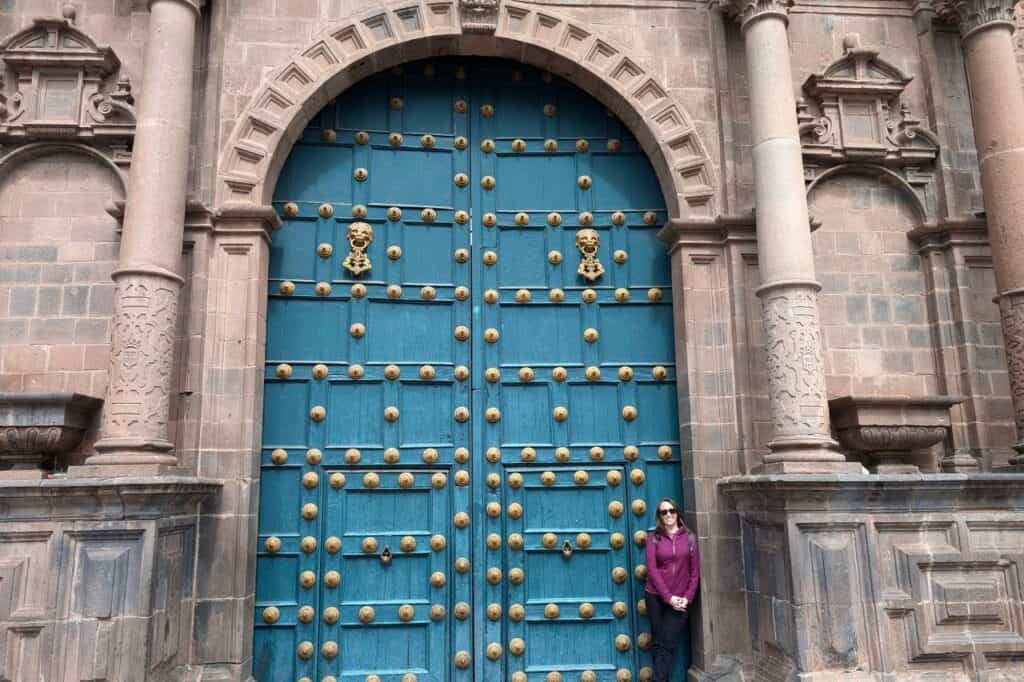
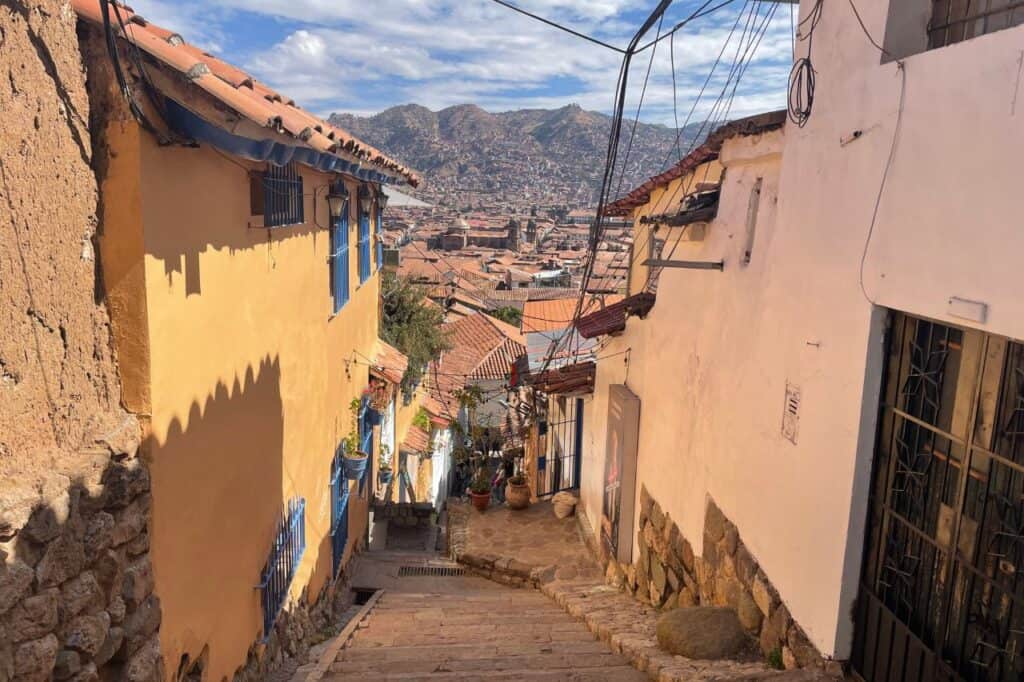
Basic Facts about Cusco Peru
Cusco is located in southeastern Peru, about 11,150 feet above sea level in the Andes Mountains. It’s about an hour and a half flight from Lima, Peru’s capital, and is close to the Sacred Valley and the famous Machu Picchu.
- Language: Spanish is the official language, though many locals also speak Quechua, the language of the Incas.
- Currency: Peruvian Sol (PEN) is used here, and ATMs are easy to find throughout the city.
- Airport: Alejandro Velasco Astete International Airport (CUZ)
- Train Station: There are several train stations, you can find the list here.
What is the Elevation of Cusco?
“Altura del Cusco” refers to the height or elevation. The actual elevation of Cusco is approximately 3,400 meters (11,150 feet) above sea level.
This high altitude can affect travelers, so it’s essential to take time to acclimatize when visiting the city.
Unfortunately, I had a cold before I arrived in Peru, so the altitude sickness was magnified for me. I was very ill the first two days, the cocoa tea and leaves helped a little bit, but my head cold was so bad that it was hard to tell if I was sick from the cold or the altitude. My partner was not affected by the elevation, however.
How to Manage Altitude Sickness
Managing altitude sickness in Cusco is important due to its high elevation. Here are a few tips to help you acclimatize and minimize symptoms:
1. Take it Easy on Arrival: Avoid strenuous activities for the first 24-48 hours. Rest and allow your body to adjust to the high altitude.
2. Stay Hydrated: Drink plenty of water, as dehydration can worsen altitude sickness symptoms. Herbal teas, especially coca tea, are also commonly consumed in Cusco to help with acclimatization.
3. Avoid Alcohol and Heavy Meals: Alcohol can dehydrate you and make altitude symptoms worse. Stick to light, easily digestible meals while you adjust.
4. Use Oxygen or Medications: Some hotels provide oxygen tanks for relief if symptoms persist. You can also take medication like acetazolamide (Diamox), which helps prevent altitude sickness. Always consult your doctor before using medication.
5. Ascend Slowly: If you plan to hike or travel to higher elevations, ascend gradually to allow your body more time to adjust.
Look for a pharmacy (pictured below) and use Google Translate to ask for altitude sickness medicine. It is the brown pills at the bottom of the image.

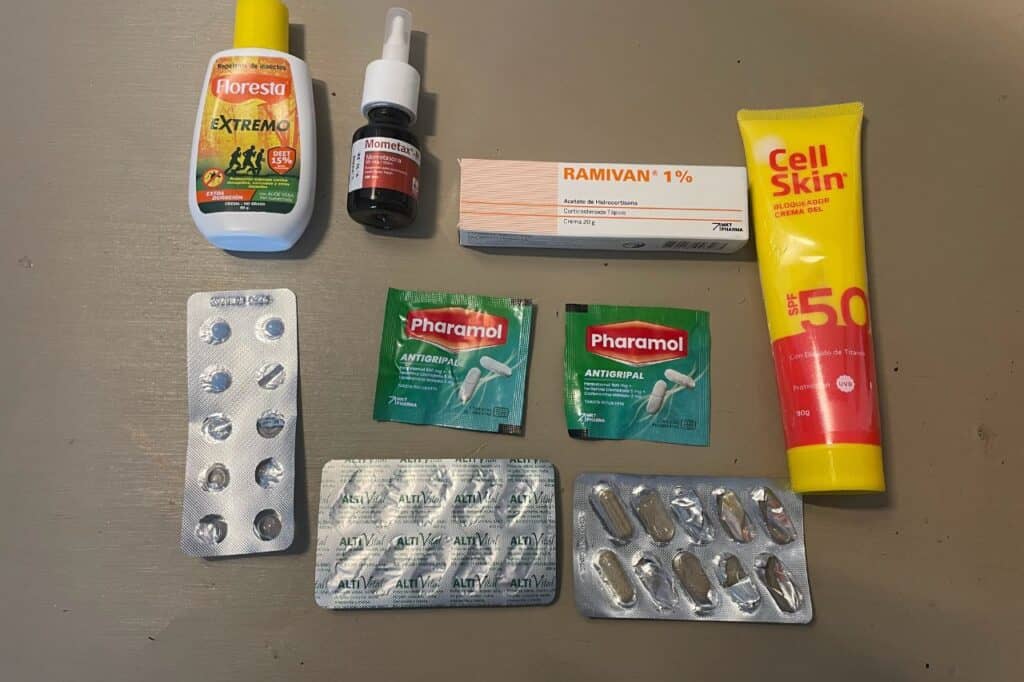
Why Visit Cusco?
Most travelers use Cusco as a stopping point before heading to Aguas Calientes, where Machu Picchu is located. However, I would suggest staying a little longer in Cusco than just a few days.
It will help you get acclimated to the high elevation and you can explore the ancient temples and try traditional Peruvian cuisine without being bombarded by excessive tourism.
Here are just a few reasons why you should put Cusco on your travel bucket list:
- It’s the gateway to Machu Picchu, one of the New Seven Wonders of the World.
- The city itself is a UNESCO World Heritage Site, packed with centuries-old history.
- You can experience traditional Andean culture up close, from the colorful markets to the festivals.
- Cusco’s surrounding landscapes are breathtaking, from high-altitude lakes to snow-capped peaks.
- It’s a foodie’s paradise, especially if you love trying new and exotic flavors!
Cusco Accommodation Options:
- Hostel (Private Room Options): Viajero Kokopelli Hostel Cusco (favorite)
- Mid-Level Hotel: Cooper Hotel Boutique
- High-End Hotel: Aranwa Cusco Boutique Hotel
Top Things to Do in Cusco
Cusco is brimming with attractions, so you’ll never run out of things to do. Whether you’re a history enthusiast or a nature lover, there’s something here for everyone.
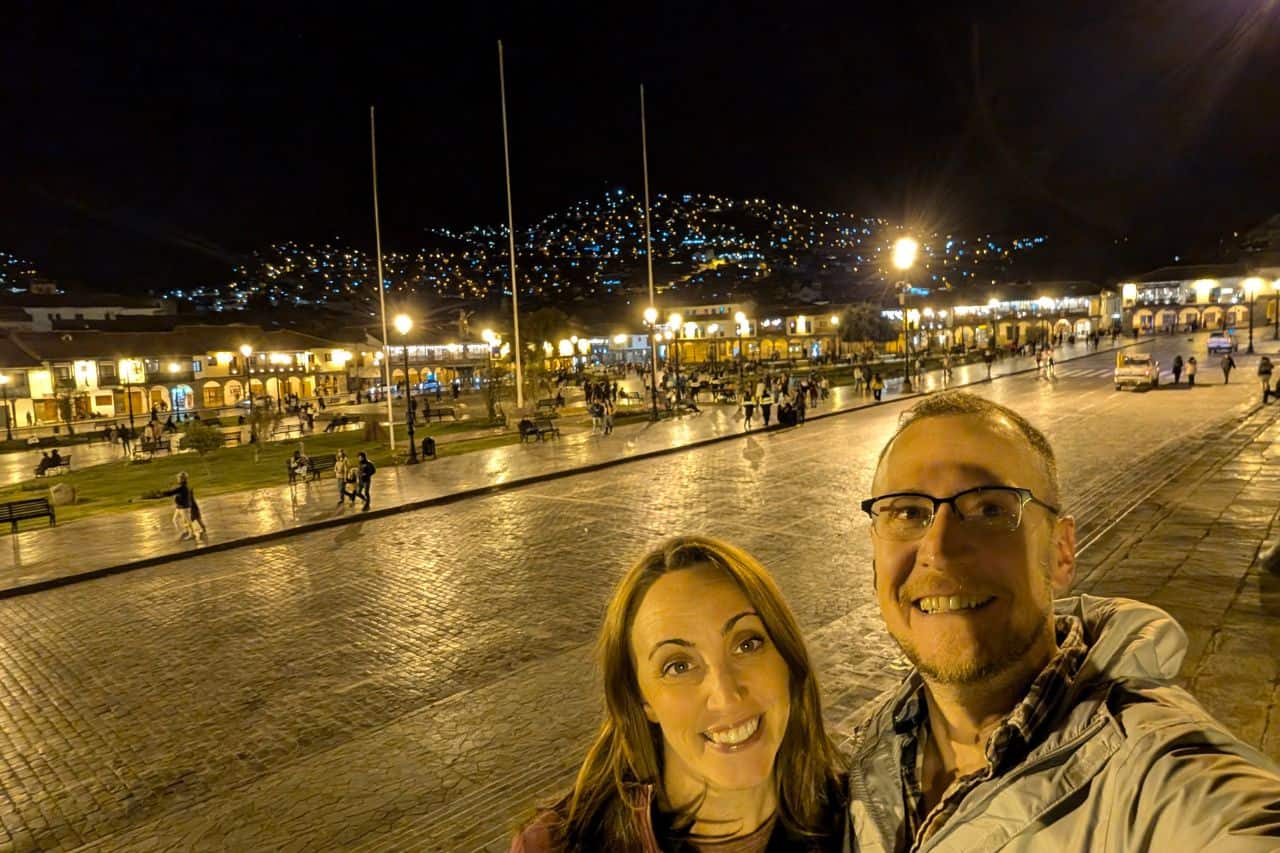
1. Explore the Plaza de Armas
This central square is the heart of Cusco, lined with restaurants, cafes, and shops. The main cathedral and the Church of the Society of Jesus are located here, showcasing beautiful Spanish colonial architecture.
My favorite craft beer bar is located on the west side of the square called Cervecería Del Valle Sagrado Cusco Centro. It is #6 on the map below and they serve flights so you can try ten beers at a time.
In the southeast corner of the square, you will find two Irish bars if you want to take a break from Peruvian Food. Paddy’s (#7) and Molly’s (#8) serve an International menu and both have a lively atmosphere.
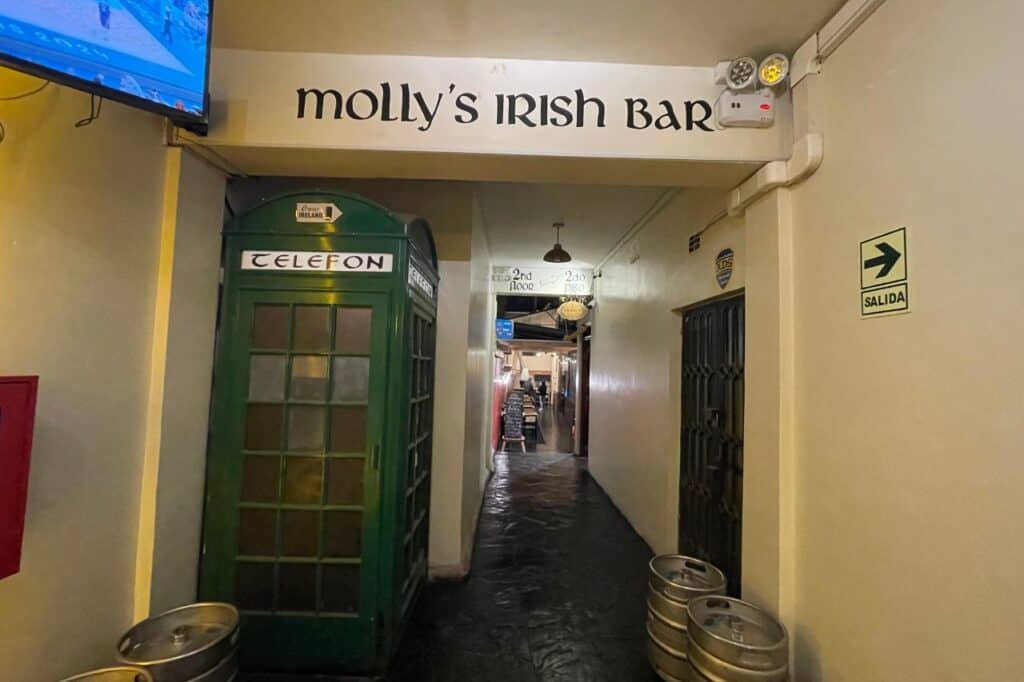
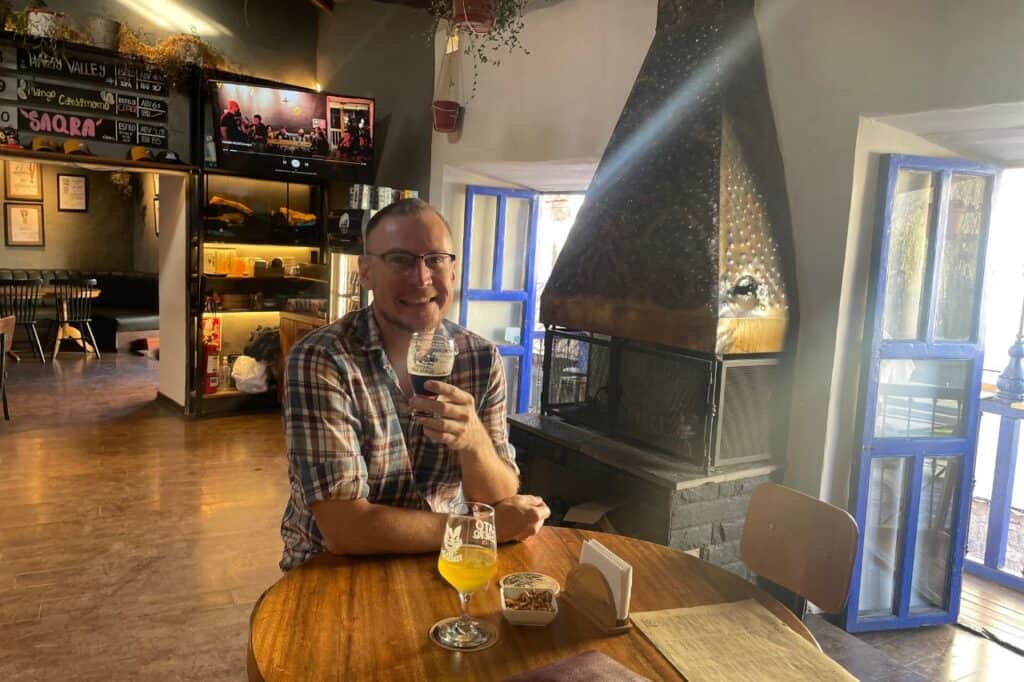
Cusco Attractions, Bars, and Restaurants Map
2. Visit Sacsayhuamán
Just a short hike from the city, Sacsayhuamán is a massive Inca fortress with impressive stone walls. The views of Cusco from here are stunning, and the site itself is a marvel of ancient engineering.
Since I was so sick I didn’t get a chance to go there. However, it is about a 25-minute uphill walk from the main plaza. The hike can be a bit challenging so make sure you wear proper shoes and bring water.
Google Maps | Cost: $20 USD | Buy Tickets Here
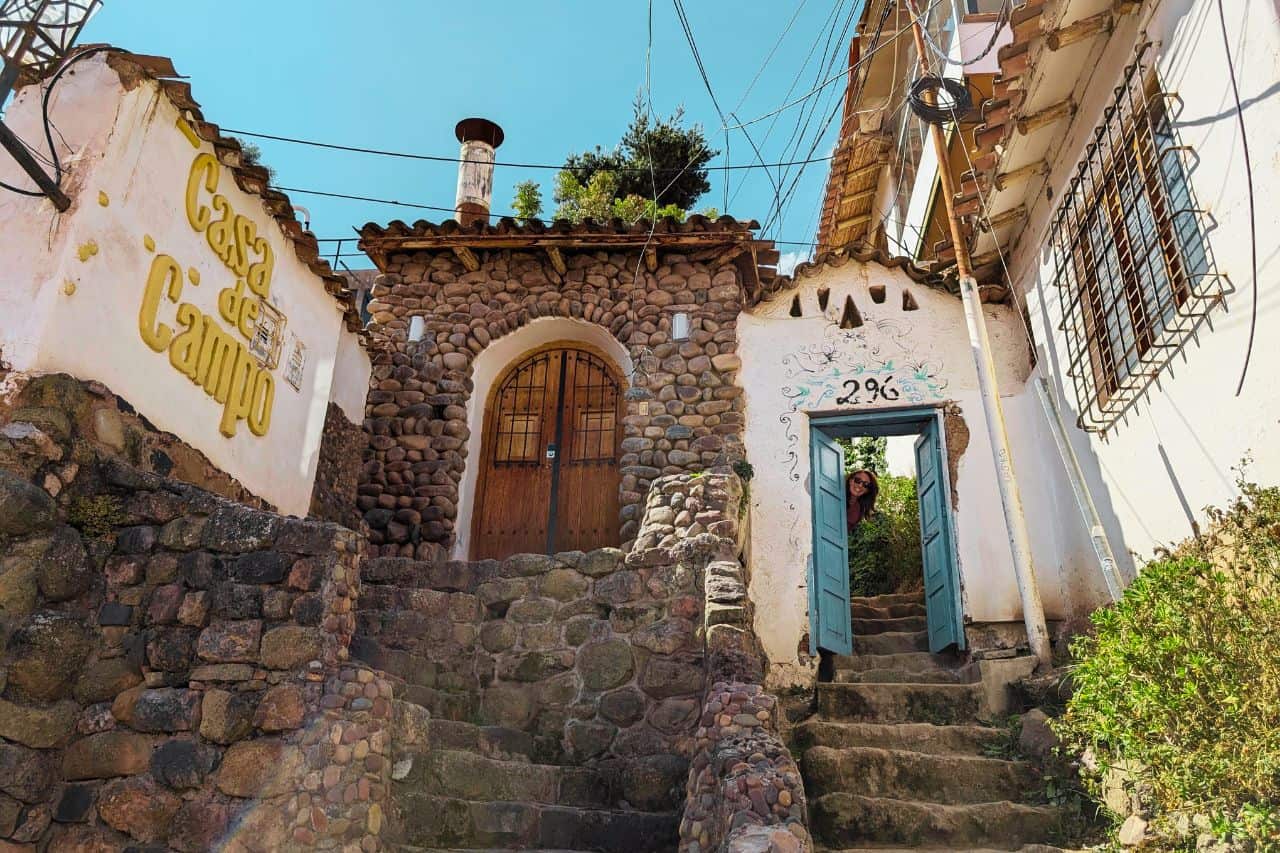
3. Wander through San Blas
The San Blas neighborhood is full of narrow streets, artisan shops, and local charm. It’s perfect for picking up unique souvenirs and enjoying a coffee in a laid-back atmosphere.
The only thing I found annoying is that every two feet someone is asking you if you want a massage. You will just have to learn to tune it out!
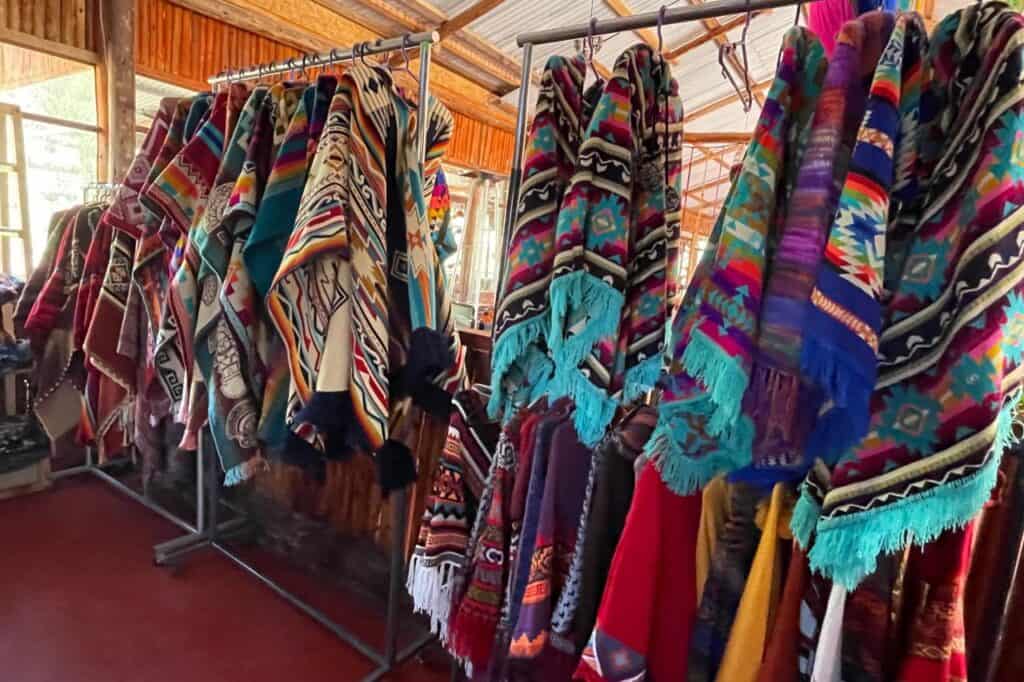
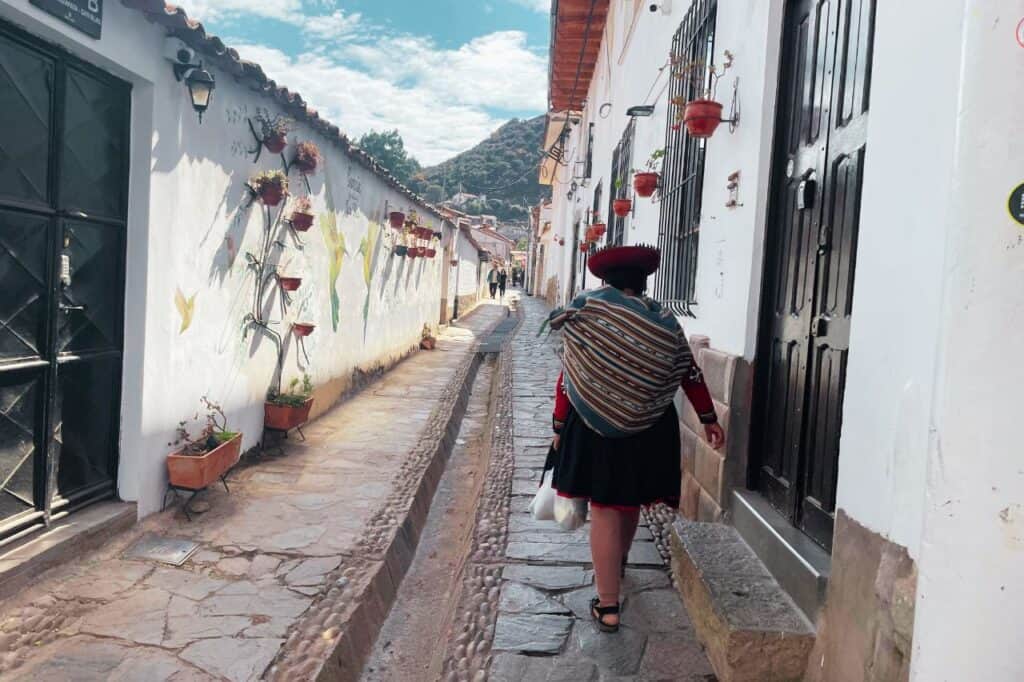
5. Shop for Alpaca Wool Clothing
You can find authentic, handmade alpaca sweaters, shawls, hats, and gloves at the local market (Mercado Central de San Pedro #5 on the map) as well as higher-end stores.
Sweaters at the market are about a third of the price than the stores inside of the plaza. The market can be crowded however it’s a great way to see how the locals live and interact with tourists.
I purchased gloves and a magnet for $2 USD total at the market so it was worth the visit.
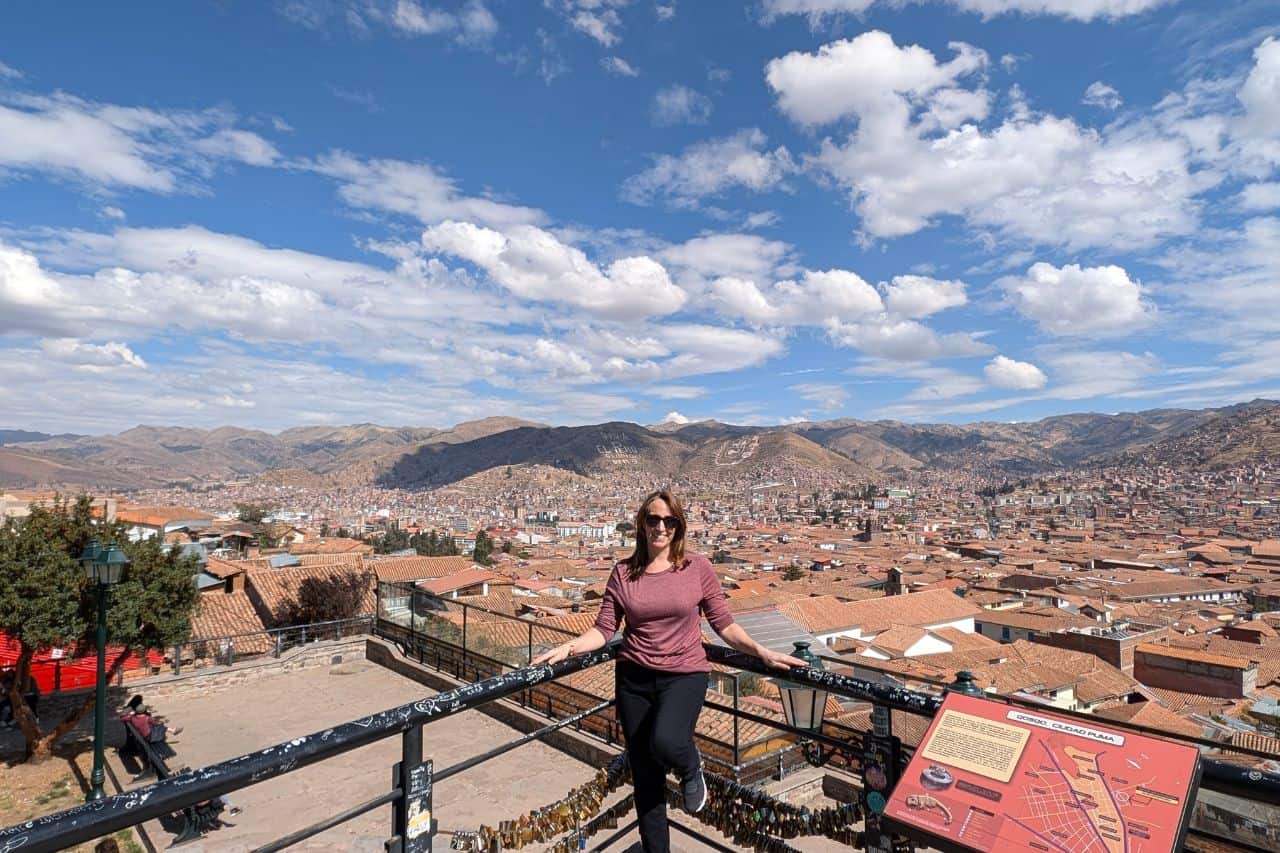
6. Catch Amazing Views at San Blas View Point
This viewpoint is only a 10-minute walk from the main plaza, however it is uphill the entire time. The views are worth it, just take your time getting up there.
There was no one up there when I went so it was easy to take photos.
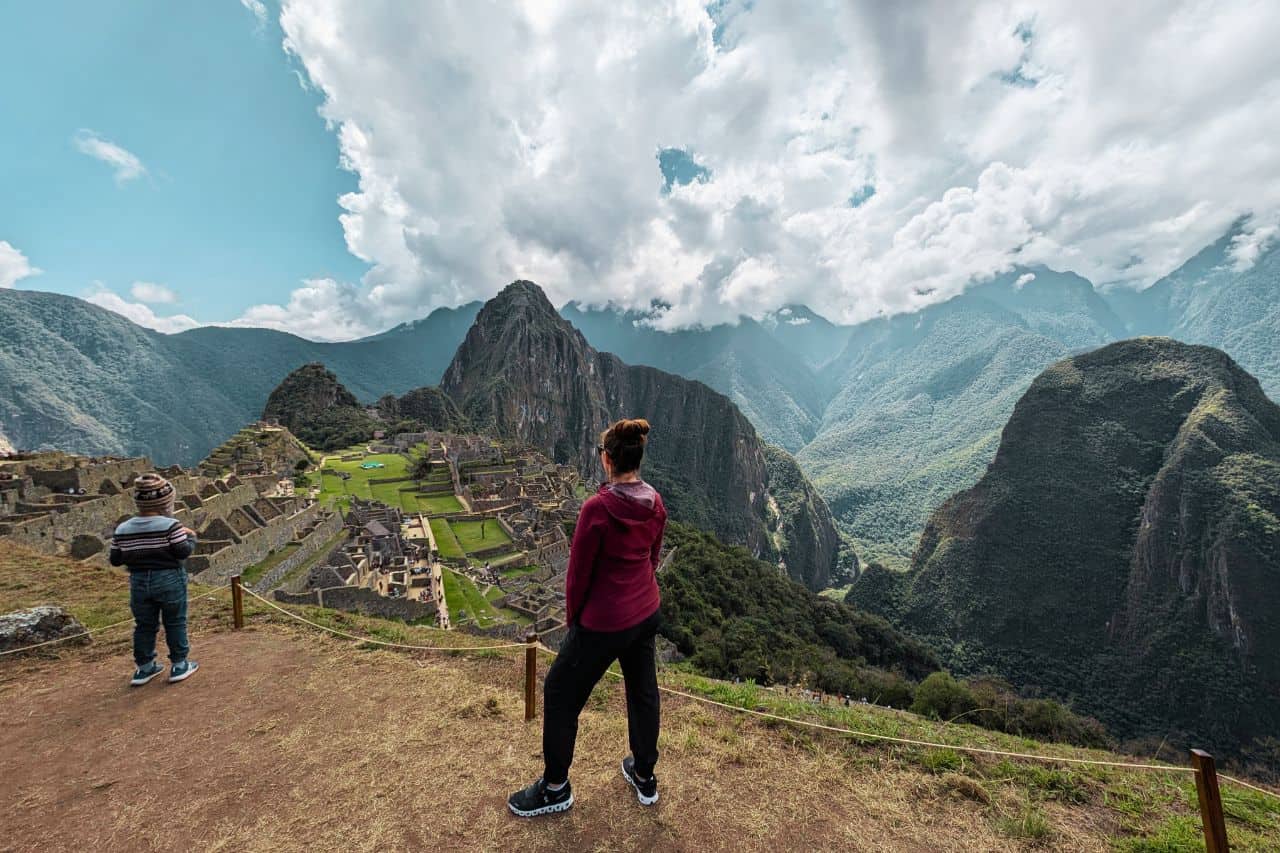
7. Take a Day Trip to Machu Pichu
If you are short on time, you can take a day trip to Machu Pichu from Cusco. However, I would recommend taking the Peru Rail train to Aquas Calientes, and staying the night instead of trying to see Machu Pichu in one day. Here is my Machu Picchu guide to help you plan that route.
Tours leave at 4 am to Machu Pichu and you must book in advance. I would not wait until the last minute to book a tour. Use GetYourGuide.com to find the best tour that will fit your needs.
Cost: $350 USD | Duration: 12 hours | Day Tour Tickets
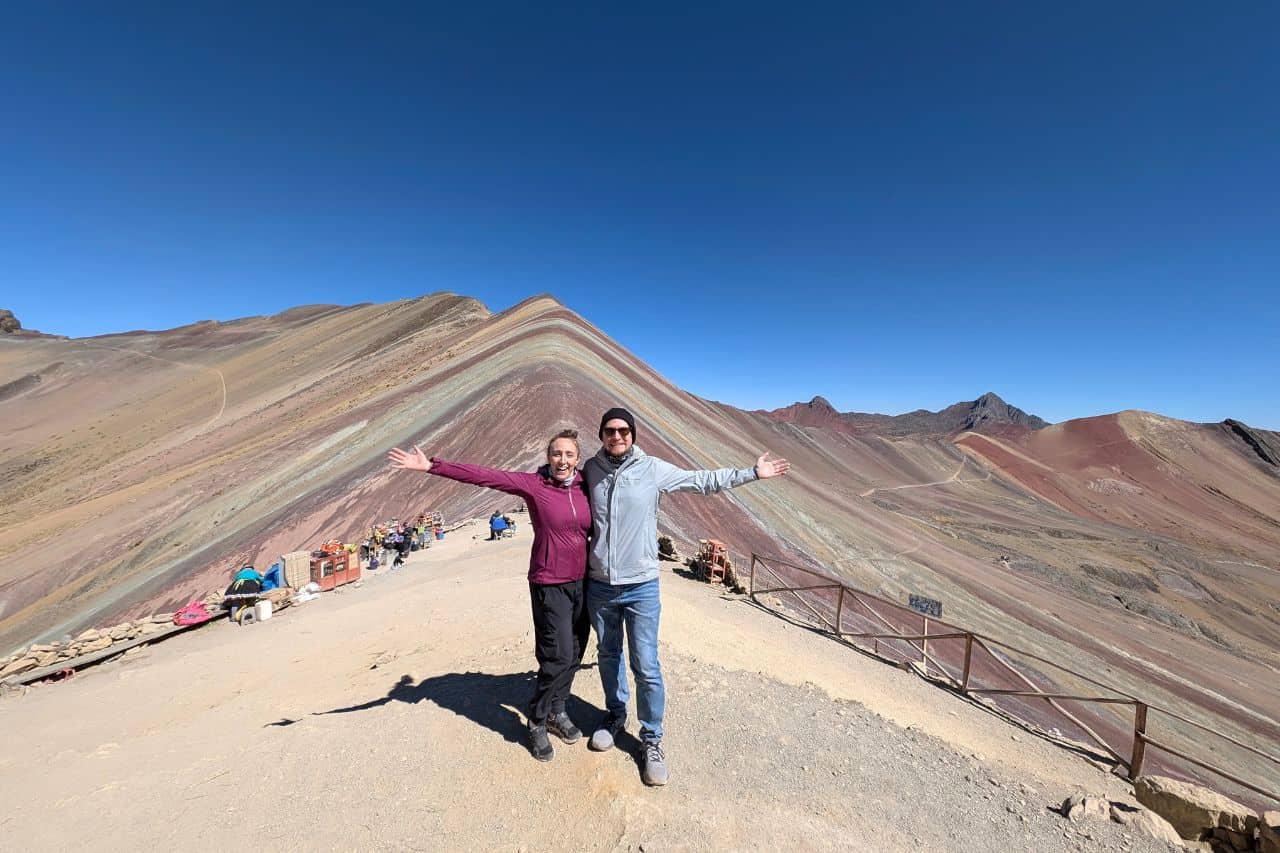
8. Take a Day Trip to Rainbow Mountain
Visiting Rainbow Mountain from Cusco is a full-day trip that takes you through stunning Andean landscapes, offering colorful views of the mountain’s mineral-rich slopes.
I booked the ATV tour and wrote a guide on how to survive Rainbow Mountain. The altitude was the highest I have ever experienced and I really struggled. Make sure you check out my guide before deciding to visit the mountain.
Rainbow Mountain is higher than any other mountain in North America and its summit is about the same altitude as the base camp of Mount Everest. That’s impressive!
Cost: $100 – $150 USD | Duration: 12 Hours | Full Day Tour

9. Explore Moray and Salt Mines
You can visit the Moray and the Maras Salt Mines from Cusco in one day. Moray’s circular terraces showcase the Inca’s innovative agricultural techniques, while the nearby Salt Mines, still in use today, display ancient methods of salt extraction.
The scenic drive from Cusco takes you through picturesque Andean landscapes and charming local villages, making this a perfect half-day trip to experience both cultural heritage and breathtaking views.
Cost: $35 USD | Duration: 6 Hours | Half Day Tour
Fun Things to Do in Cusco
Getting Around Cusco
Cusco is a walkable city, but its altitude and hilly terrain can be challenging at times. If you need a break, taxis are widely available and inexpensive. Most rides within the city cost just a few Soles. I used Uber while in Peru and had no problems getting a car.
There are also public buses, but they can be crowded, so taxis are usually the easiest option. For day trips to nearby ruins or towns, it’s easy to hire a guide or join a tour.
Travel Insurance
I suggest using Safety Wing for travel insurance when traveling abroad. I have found their rates to be the best coverage and they have great customer service.
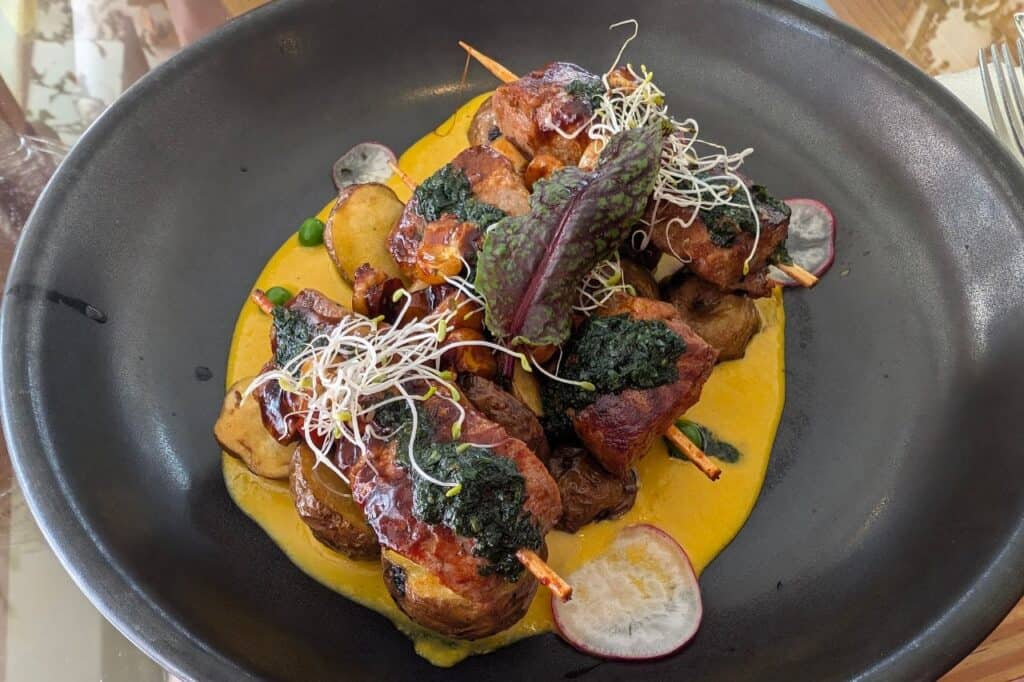
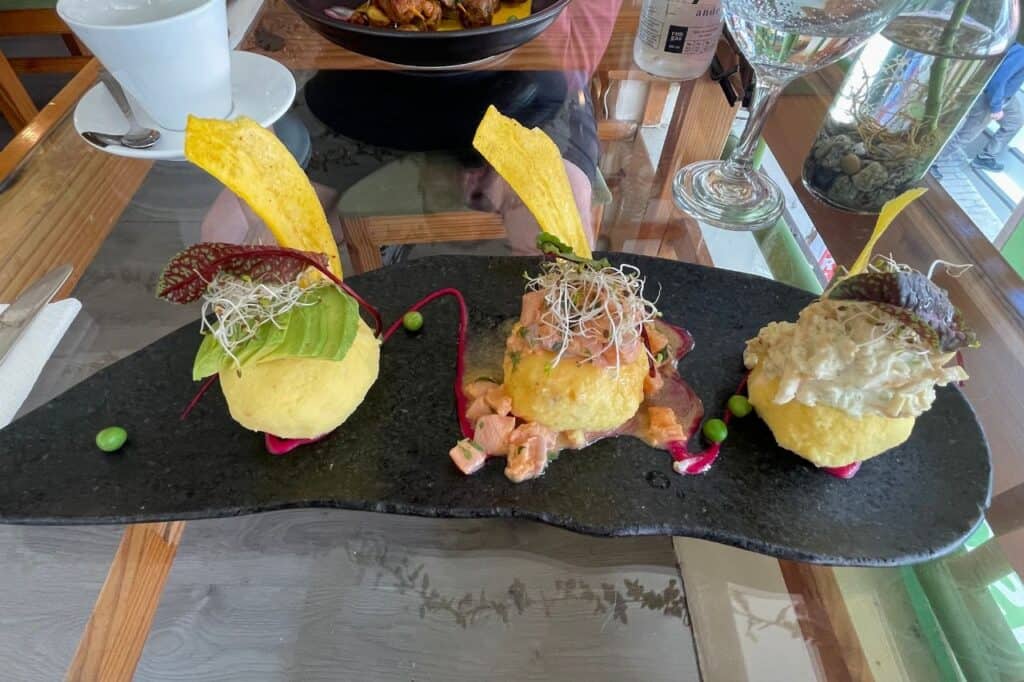
5 Peruvian Foods to Try in Cusco
Peruvian cuisine is a delicious mix of flavors, influenced by its rich history and diverse cultures. Here are some must-try dishes in Cusco:
- Lomo Saltado: Stir-fried beef with tomatoes, onions, and fries, often served with rice. By far my favorite Peruvian dish!
- Alpaca Steak: Tender and lean, alpaca is a unique and tasty alternative to beef. It tastes like beef with a chicken texture.
- Ceviche: Peru’s national dish, made with raw fish marinated in lime juice, often served with sweet potato and corn. The fish is so fresh, you have to try it!
- Chicha Morada: A refreshing drink made from purple corn, flavored with pineapple, cinnamon, and cloves.
- Cuy (Cusco Guinea Pig): A traditional dish, especially in the Andes. It’s usually roasted and served whole. I did NOT try this as they usually serve it with the head still on, sometimes even wearing a little hat. I just couldn’t do it!
Cusco Weather: When to Visit
Cusco has two main seasons: dry and rainy. Both offer unique experiences depending on what you’re looking for.
- Dry Season (May to September): This is the most popular time to visit, especially for trekking to Machu Picchu. The days are sunny and warm, but nights can get chilly. Temperatures range from 35°F (2°C) at night to 68°F (20°C) during the day. You’ll have clear skies for those stunning mountain views.
- Rainy Season (October to April): While the rainy season sees more downpours, it’s also when the landscape turns lush and green. It’s a quieter time to visit, with fewer crowds. Temperatures range from 41°F (5°C) to 64°F (18°C), but be prepared for occasional showers.
What to Pack for Cusco Peru
I visited during the dry season (in August) and I wore pants and a jacket all seven days. Here are some tips on what to pack for both the dry and rainy season.
Dry Season (May to September):
Pack warm layers for chilly nights, along with sunscreen, a hat, and sunglasses to protect from Cusco’s strong sun. Comfortable walking shoes are a must for uneven terrain and don’t forget moisturizer to combat the dry air.
Rainy Season (November to March):
Bring a waterproof jacket and shoes for the frequent rain showers, along with quick-dry clothing for humid conditions. An umbrella is helpful for sudden downpours, and insect repellent will protect you from mosquitoes.
Check out my full packing list that details the products that I use.
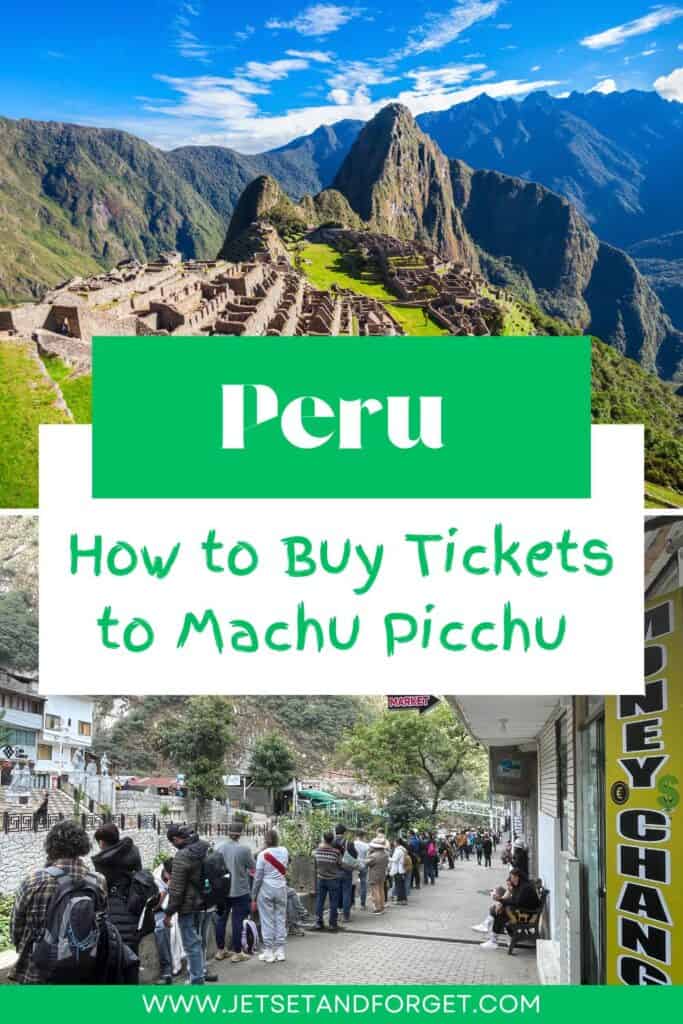
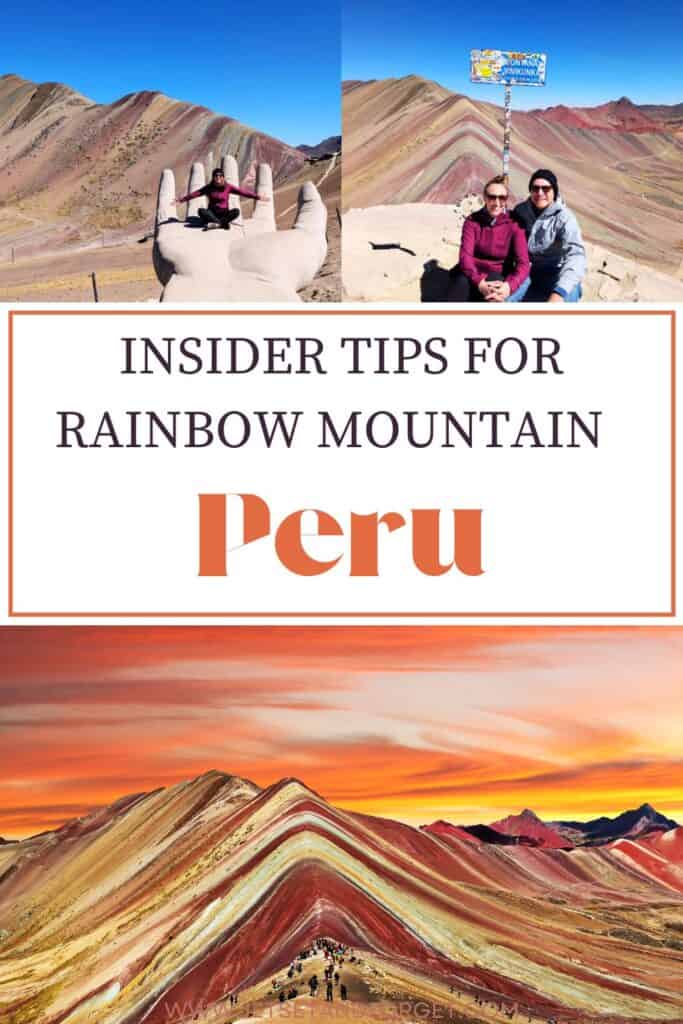
Free PDF Packing List
Sign up for my monthly newsletter and get a printable travel checklist. Not just the essentials, a FULL packing list for any trip!
Where to Stay in Cusco
I left this until the end as I only stayed in one place in Cusco so I am biased as I loved it so much that I stayed both before and after Aguas Calientes. And no, this is not sponsored!
It is a hostel called Viajero Kokopelli Hostel Cusco (#14 on the map). I booked a private room with its own bathroom and it was perfect. The hostel offers free tours, game nights, welcome drinks, a bottled water filling station, breakfast, and a full bar. I met so many fun travelers of all ages and I highly recommend this hostel.
Even though there was no heat or air conditioning (like most accommodations in Cusco), the thick blankets kept me warm all week. My favorite meal was also at this hostel on barbeque night!
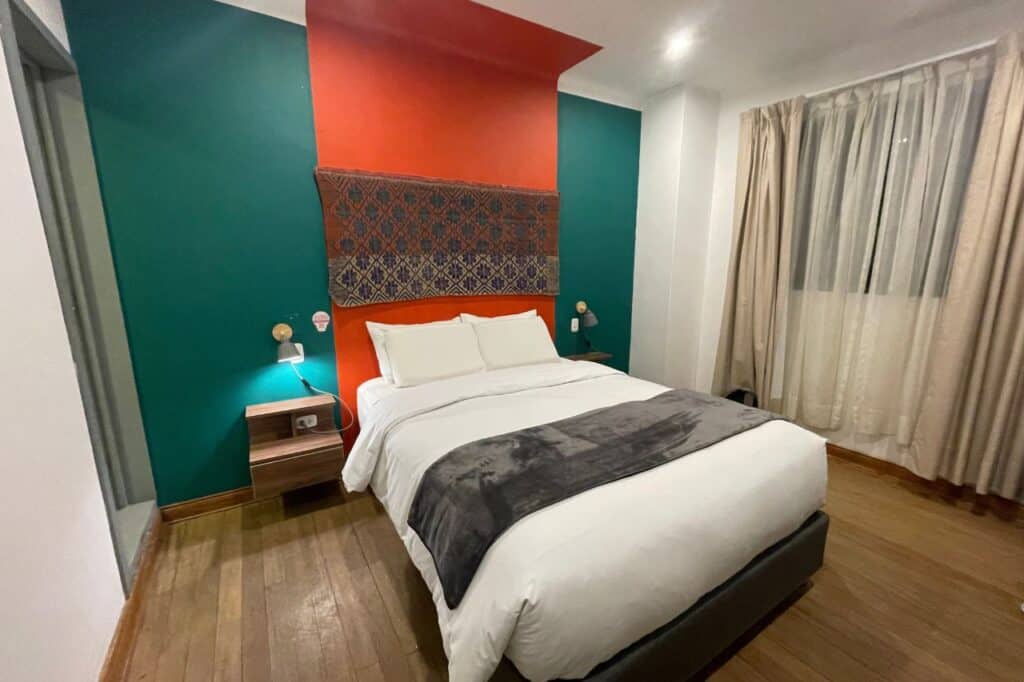
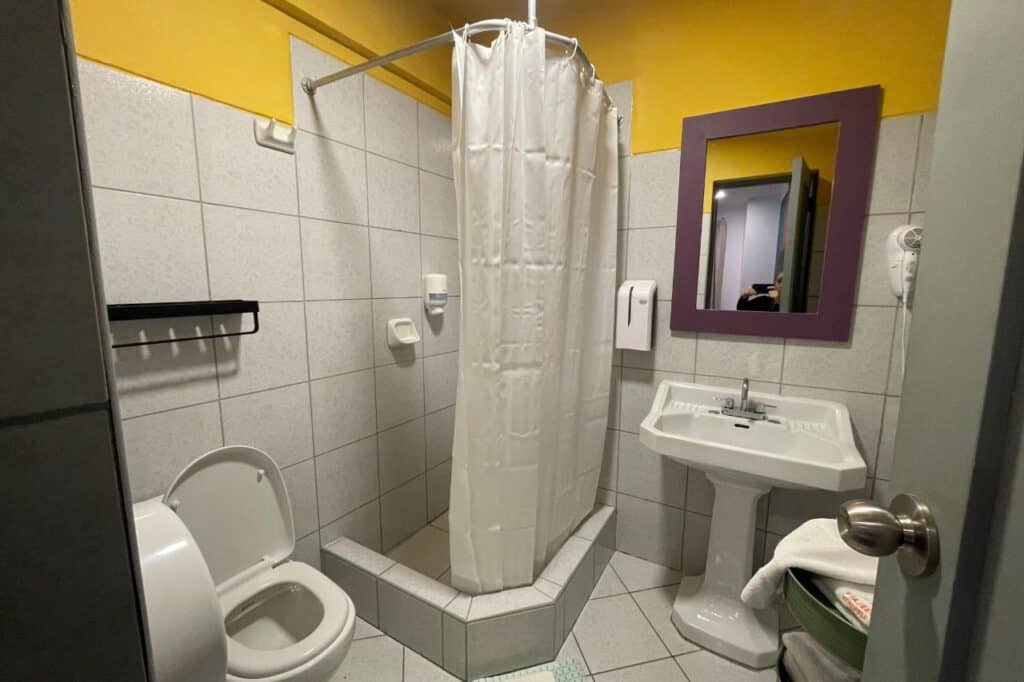
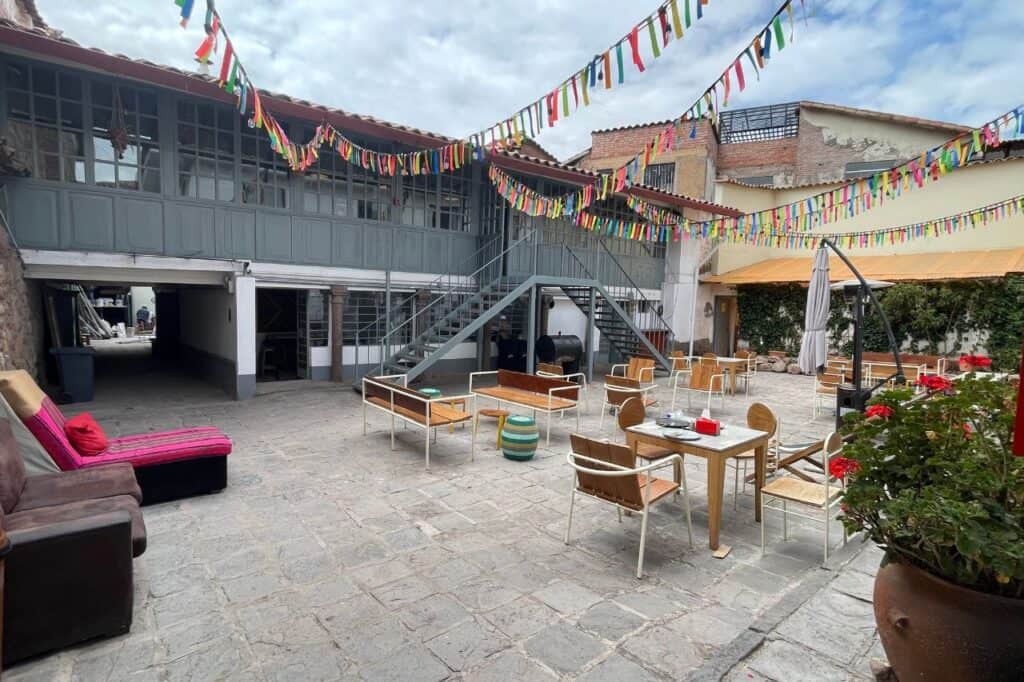
Final Thoughts
Cusco is an unforgettable destination that seamlessly blends history, culture, and adventure. Whether you’re exploring ancient Incan ruins, sipping coca tea in a quaint café, or wandering through busy markets, Cusco offers a unique experience at every turn.
The city’s high altitude may require some acclimatization, but the rewards are immense—stunning landscapes, rich history, and a warm local culture that will leave a lasting impression.
If you’re planning to visit Machu Picchu, make sure to spend a few extra days in Cusco. There’s so much more to see and do than just pass through. Embrace the slow pace, soak in the views, and let Cusco’s charm work its magic!
Traveling Tips for Cusco
What is the best time of year to visit Cusco?
The dry season (May to September) offers the best weather for exploring, but it’s also the busiest time.
How do I manage altitude sickness in Cusco?
Take it easy, stay hydrated, and try coca tea. Medication like Diamox can help but consult your doctor. Use Google Translate at the Pharmacy to buy medicines.
What is the currency in Cusco?
Peru uses the Peruvian Sol (PEN). It’s best to carry cash, though some places accept cards.
Can you throw toilet paper in the toilet in Cusco?
No, most places ask you to throw toilet paper in the bin to avoid plumbing issues.
What are the must-see attractions in Cusco?
Top spots include Sacsayhuamán, Qorikancha Temple, Plaza de Armas, and the San Pedro Market.
Is Cusco safe for tourists?
Yes, Cusco is generally safe in tourist areas. Just follow basic precautions and be mindful of pickpockets. I had no problems anywhere in Peru.
How do I get to Machu Picchu from Cusco?
You can take a train from Cusco or Ollantaytambo, or hike the Inca Trail for a more adventurous route.
What local foods should I try in Cusco?
Try traditional dishes like cuy (guinea pig), alpaca, and ceviche, along with local street food.
Can I drink tap water in Cusco?
No, it’s best to stick to bottled water to avoid stomach issues.
How do I get around Cusco?
Taxis are affordable and common, but you can also walk around the historic center easily.
Peru Travel Guides
- Aguas Calientes: Your Stop Over Before Machu Picchu
- Lima in a Week: Top Tips and Must-Dos for First-Time Visitors
- How to Visit Machu Picchu Without Hiking: A Full Guide
- How to Buy Machu Picchu Entry and Bus Tickets
- How to Take the Train to Machu Picchu from Cusco
- Insider Tips on Surviving Rainbow Mountain
- Alternative Nikkei Restaurant if Maido in Lima is Out of Your Budget
- Best Backpack for Woman When Visting Peru
- Complete Packing List for Woman
